Join the author, Néstor T. Carbonell, as he shares a critical analysis of the Castro-Communist regime
and explores the challenges and opportunities that will likely arise when freedom finally dawns in Cuba.
CHAPTER 7: The Battle of the OAS and the Mongoose Plots (Mid-1961- Early 1962)
Lansdale, having no prior knowledge of the Cuban situation, assigned thirty-two tasks to the agencies involved in the operation (which some believed was a huge bureaucratic or theoretical exercise). The objective was to assess US capabilities to carry out a comprehensive action plan that would include intelligence collection, recruitment and training of infiltration teams, diplomatic initiatives, propaganda and psychological warfare, economic pressure, sabotage, and paramilitary activities.
Lansdale subsequently detailed a six-phase schedule for Mongoose designed to culminate in October 1962 with an open revolt and overthrow of the Communist regime and the establishment of a government with which the United States could live in peace.
The CIA cautioned that it would be very difficult for the Cuban people on their own, without the support of overt US military operations, to revolt and bring down the totalitarian regime. Cuba was already a police state. Moreover, the underground groups that remained active after the Bay of Pigs debacle were, in the main, disjointed and dispirited and had largely lost their faith in the United States. The anti-Castro guerrillas in the Escambray Mountains were being encircled and pounded by Castro forces with the involvement of Soviet experts in counterinsurgency.
Given the steep hurdles that Mongoose would face to revive the resistance movement in Cuba, the CIA alerted Defense that it would require considerable covert military support, including “two submarines, PT boats, Coast Guard-type cutters, Special Forces trainers, C-54 aircraft, F-86 aircraft, amphibian aircraft, Helio Couriers, army leaflet battalion, and [the use of] Guantánamo as a base for submarine operation.” This request, which exceeded the scope of the presidential Mongoose directive, was denied.
The Kennedy brothers were enraged by the CIA’s skeptical attitude toward the practicality of Mongoose. They railed at the agency for not promptly implementing its assigned tasks. Richard Bissell, who remained active in the CIA until February 1962, was again the target of the Kennedy ire. He dismissed the criticism with sardonic detachment: “I never lost sight of the irony that the same president who had canceled the air strikes and ruled out open intervention [during the Bay of Pigs invasion] was now having his brother put tremendous pressure on the Agency to accomplish even more.”
Then in March 1962, the Cuba strategy was again changed in Washington. The Special Group (Augmented), marshaled by the attorney general, ordered General Lansdale to cut back the Mongoose plan drastically and focus primarily on intelligence collection. Covert activities undertaken concurrently with intelligence collection were to be inconspicuous and “short of those reasonably calculated to inspire a revolt within the target area, or other development which would require US armed intervention.” As a result of the new directive, the sabotage activities carried out in 1962 were few and inconsequential, and the support for the underground and the Escambray guerrillas was scant and ineffective.
There was, however, a subchapter of Mongoose that was not canceled or curtailed, an ultrasecret and sordid subchapter euphemistically called “Executive Action Capability.” Its foremost objective: the assassination of Fidel Castro. The failed efforts to take down the Cuban leader surfaced during the 1975 US Senate Investigation on Alleged Assassination Plots Involving Foreign Leaders, led by Idaho Democrat Frank Church.
The investigation of the so-called Church Committee revealed that the CIA had indeed arranged or encouraged a few attempts on the life of Castro, using poison pills, toxic cigars, exploding mollusks, and a bacteria-loaded skin diving suit. But most of the outlandish ideas had not made it beyond the drawing board or the feverish imagination of the conspirators. This, of course, did not deter Fidel Castro from boasting that he had survived more than six hundred CIA plots to kill him.
In the course of the investigation to determine whether the president and the attorney general had expressly or tacitly authorized the assassination attempts, or were aware of them, some suspicious pieces of information were brought to light. However, despite the potentially incriminating testimonies and records that surfaced, both men emerged virtually unscathed.
The April 1962
Miró-Cardona-JFK Meeting
The Cuban Revolutionary Council was not fully aware of the Mongoose Operation, as originally conceived in November 1961, or of the fact that it was defanged in March 1962 and turned primarily into an intelligence-collection enterprise. But the Council leaders felt that plans for the overthrow of the Castro regime had been shelved, if not canceled.
Washington instituted on February 3, 1962, a trade embargo on Cuba but took no action and sounded no warning to stop the continued Soviet military buildup on the island. On March 27, the United States simply declared that the Soviet bloc had furnished about $100 million worth of military equipment and technical services to Cuba and that several hundred Cuban military personnel had received training in the bloc. (According to Soviet records, Moscow had delivered to the island from 1960 to the spring of 1962 more than $250 million worth of weapons systems, not counting Eastern Bloc military assistance. The shipments included close to four hundred tanks and self-propelled weapons and forty-one military planes, mainly MiG-15’s and MiG-19’s.)
What accounted for Washington’s impassive attitude toward this ominous trend? The answer lies not only on the White House’s tendency to dither on Cuba but also on intelligence reports that minimized the potential threat. The first of four 1962 pre-Missile Crisis Intelligence Estimates, released on January 17 (SNIE 80-62), considered it very likely that communism across the region would grow in size during the coming decade, but concluded that the establishment of Soviet bases (missile, submarine, or air bases) was unlikely because “their military and psychological value, in Soviet eyes, would probably not be great enough to override the risks involved.”
The second 1962 Intelligence Estimate, released on March 21 (NIE -85-62), stated that the considerable Soviet military assistance provided to the island was essentially “defensive.” And although the estimate did not preclude the liberal provision of bloc advisers and surface-to-air missiles and radar, or the improvement of Cuban naval and air facilities, it again tranquilized Washington by concluding that the “USSR would almost certainly not intervene directly with its own forces … and hazard its own safety for the sake of Cuba.”
Miró-Cardona, under great pressure from Council board members to produce results, met in Washington with National Security Adviser McGeorge Bundy on March 29 and told him that “present US policy drastically limited the Council’s sphere of activity.” He then stated that the “Council would either have to be permitted to organize and conduct commando raids, sabotage operations, or similar activities, or disband.” Bundy responded that “he was not in a position to decide this question, but that the matter would be carefully studied and Dr. Miró given a reply reasonably soon.”
Realizing that a meaningful reply could come only from the Oval Office, Miró-Cardona requested an urgent meeting with President Kennedy. It was to be their fourth in less than twelve months. In anticipation of the discussion, I drafted an aide-mémoire for the Cuban exile leader. Arguing that diplomatic and economic isolation was not enough to topple a police state that was sustained and armed by the Soviets, I stressed the need to prepare for military action against the Castro regime, preceded by sabotage and other underground operations.
The memorandum emphasized the importance of accelerating the recruitment and training of Cuban exile units in the US Armed Forces, a program designed to form the front line of a potential joint liberation force that had been bogged down in bureaucratic details. Finally the paper called for the formalization of the de facto alliance between Washington and the Council to facilitate the coordination of war efforts and the unification of exile and resistance groups.
The meeting with the president took place at the White House on April 10,1962. Miró-Cardona was accompanied by Ernesto Aragon, his executive assistant and interpreter. Also present were Attorney General Robert Kennedy and the presidential aide overseeing Cuban and Latin American affairs, Richard Goodwin. The documents declassified by the State Department made no reference to this meeting, but Aragon shared his notes with me.
Miró-Cardona touched on the points covered in my aide-mémoire, starting with the obstacles facing the service of Cuban exile volunteers in the US Armed Forces. The program, approved by the president on June 26,1961, was to be implemented by the Department of Defense in coordination with the Department of Health, Education, and Welfare and the US Selective Service System. Although it was not positioned as a new invasion force, quite a few Cuban exiles tried to enlist, but most of the volunteers did not qualify. Given the excessively high standards that were applied, we wondered if the recruiters were expecting West Point-caliber candidates.
The president, who appeared very disappointed to learn that the program he had blessed had not really taken off, instructed Goodwin to step up the recruitment and training of Cuban exiles, obviating unrealistic requirements. As to the point raised by Miró-Cardona that only through armed action could the Castro regime be overthrown, the president said that “the Cuban problem was essentially military—of six divisions,” and the Council would be expected to contribute as many combatants as possible. He assured Miró-Cardona that any military action against Castro would be a joint effort, “not unilateral.”
Kennedy, however, did not deem it necessary to formalize the embryonic alliance with the Council at that time. Alluding to pressures and difficulties that Miró-Cardona was facing with his board and with the exile community at large, he told him with a reassuring smile at the end of the meeting, “Your fate is to suffer. Do not flag or waver. You have my support.”
That evening I joined Miró-Cardona and Aragón at the Manger Annapolis Hotel in Washington, where they were staying. They were reasonably satisfied with the outcome of the discussion with the president. Kennedy’s reference to a military solution to Cuba’s problem did not seem to them a mere option but a necessary course of action.
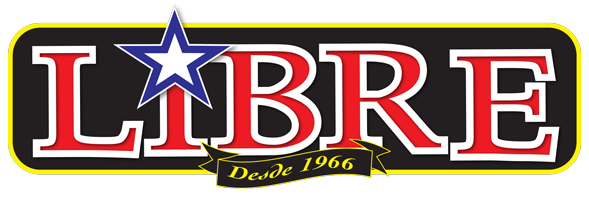


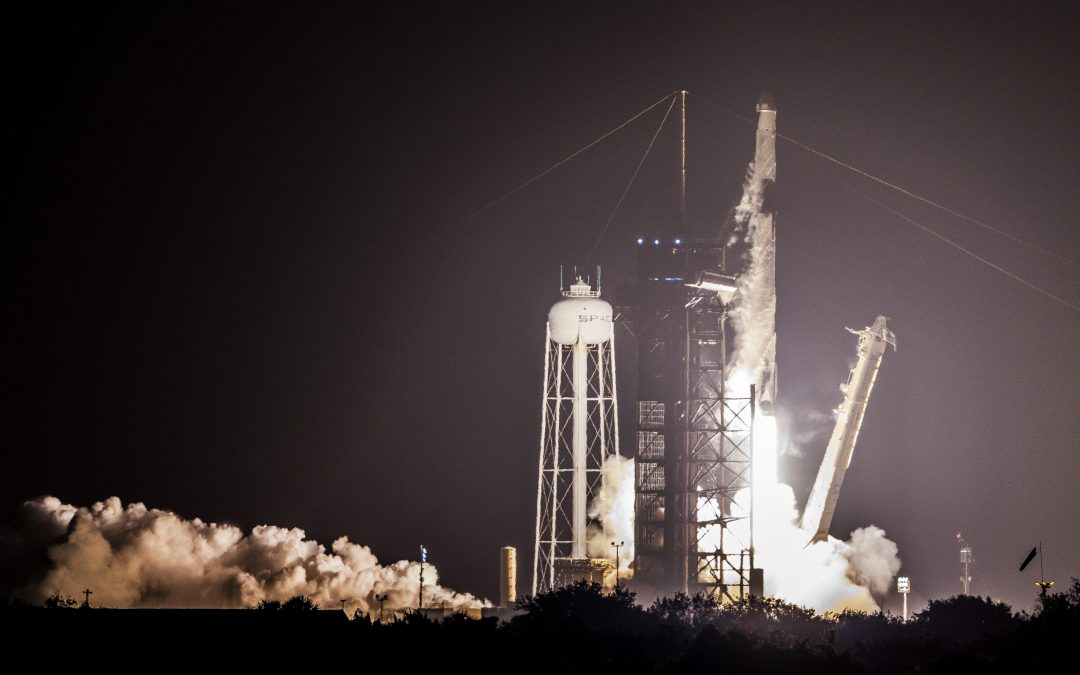
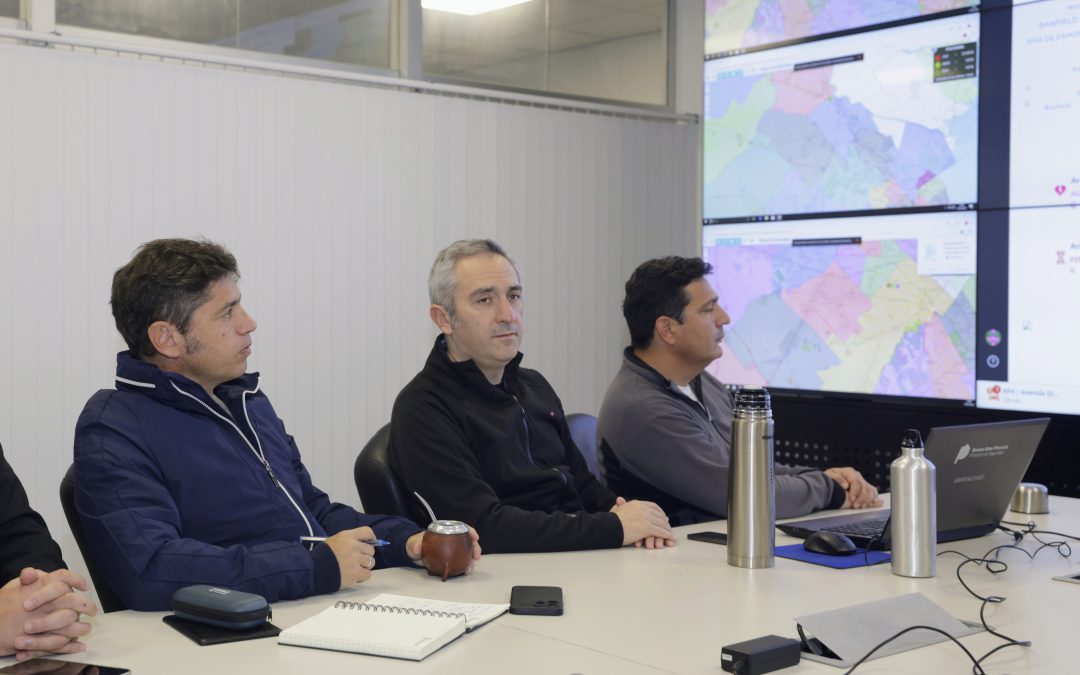

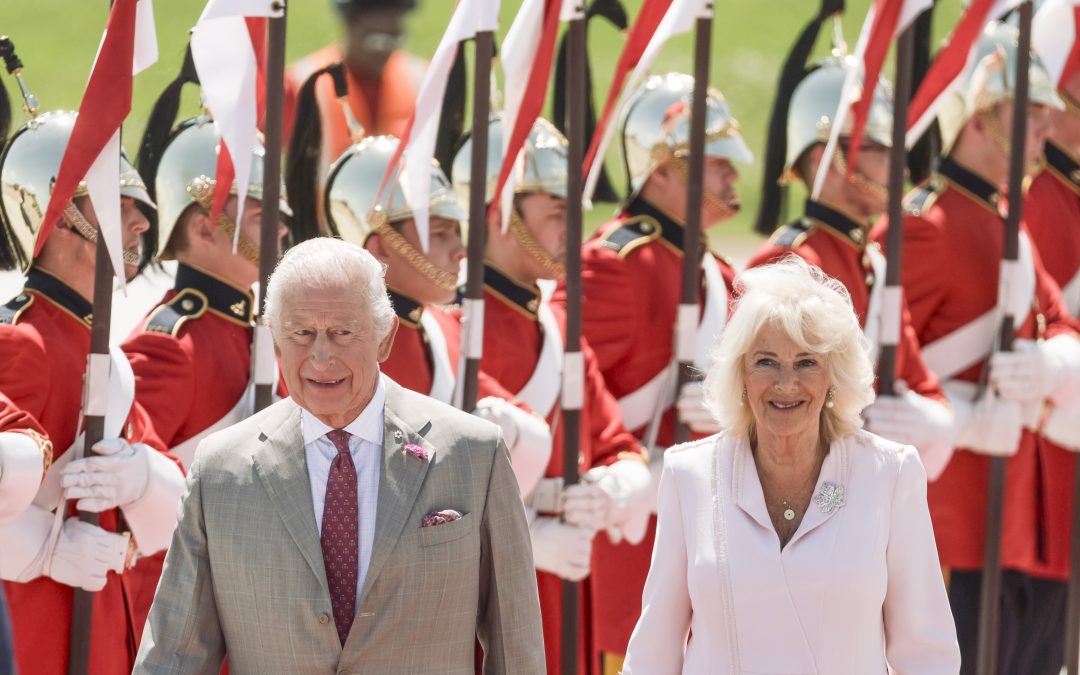
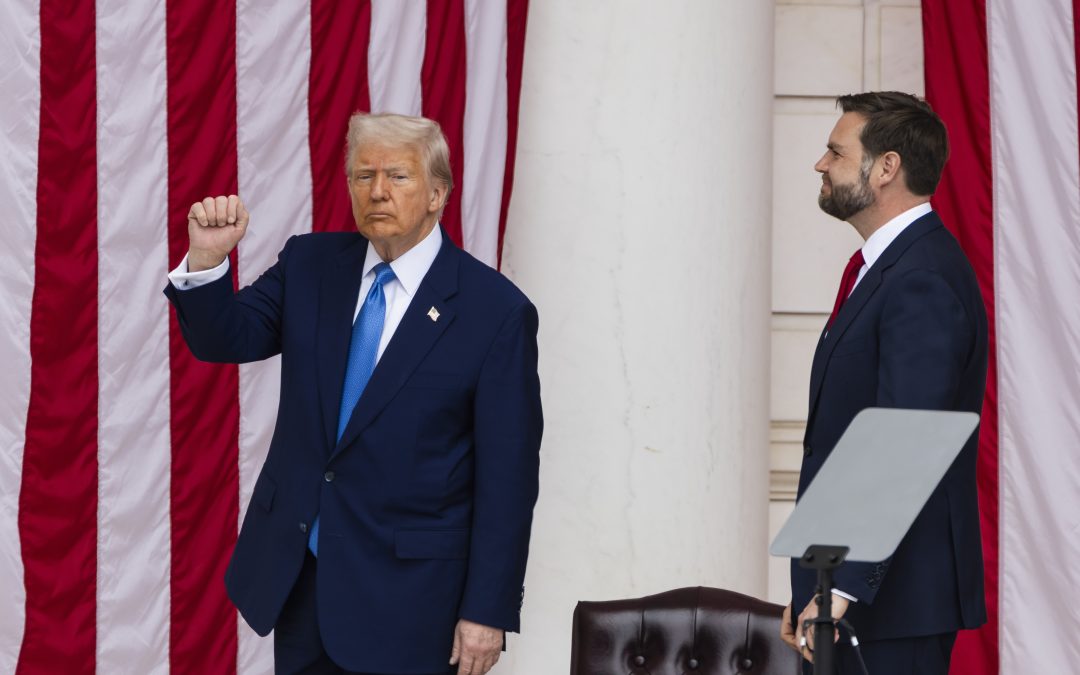


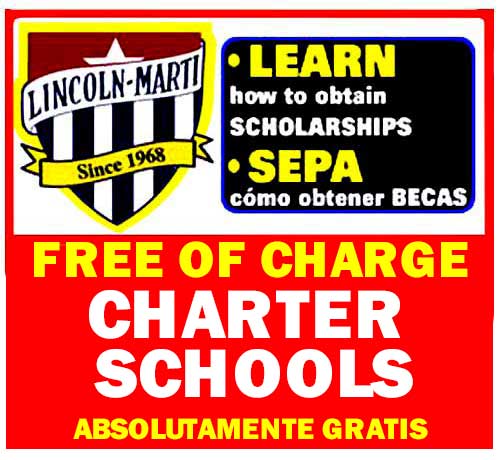
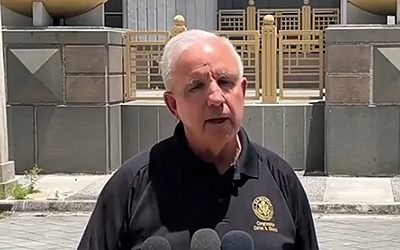

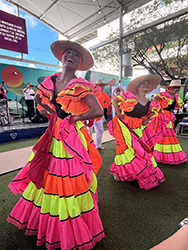
0 comentarios